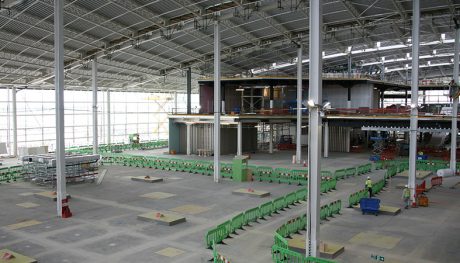
RonaScreed FastDry Prompt (formerly RonaScreed 8 Day Overlay) is so-called because it is a fast-drying screed additive which enables a 50mm thickness of 3:1 sand/ cement screed to be overlaid with moisture sensitive floorings such as resilient floorings, carpet, quarry tiles, ceramic tiles and stone tiles after 4 days of air curing in good drying conditions.
Read more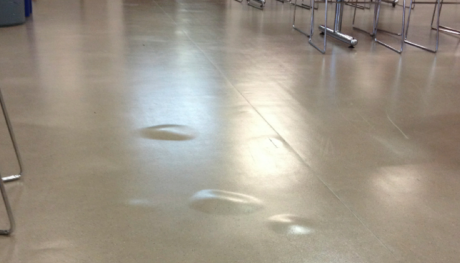
BS 8204-1 “Concrete bases and cementitious levelling screeds to receive floorings — Code of practice” section 6.11.1 suggests the following calculation for drying of screeds with no fast drying additive “with levelling screeds, one day should be allowed for each millimetre of thickness for the first 50 mm, followed by an increasing time for each millimetre above this thickness.
Read more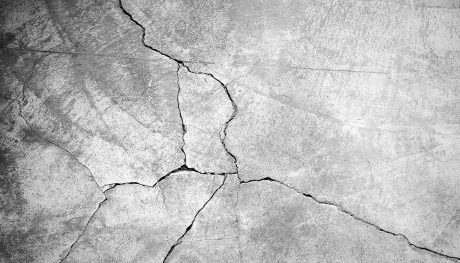
Aggregate is usually 0–4 mm and is mixed with cement in the ratio of 1:3 or 1:4 cement to sand, depending on strength requirements and drying requirements. For total screed thicknesses in excess of 50 mm, the use of 0–8 mm aggregate should be considered, or a fine concrete screed, since these screeds are less prone to shrinkage cracking and have improved drying characteristics’.
Read more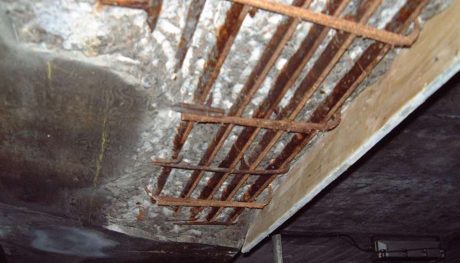
Carbonation is the single most common cause of reinforcement corrosion in above ground structures and although many construction professionals and contractors are familiar with the progression of carbonation through concrete and the consequential effects on reinforcement, some may not be familiar with research carried out in recent years. This research suggests that loss of reinforcement passivity, as the carbonation front progresses, occurs at a higher ph than previously thought.
Read more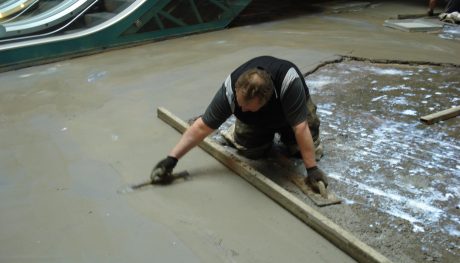
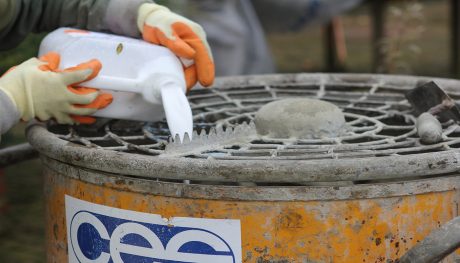
Compressive strength of unmodified concrete and mortars can continue to increase slowly after the initial curing period. However, other physical properties are reduced as the concrete or mortar ages. Published independent data relating to the effect of ageing on cementitious mortars is scarce. But testing of compressive strength, tensile strength and elastic modulus has been …
Read more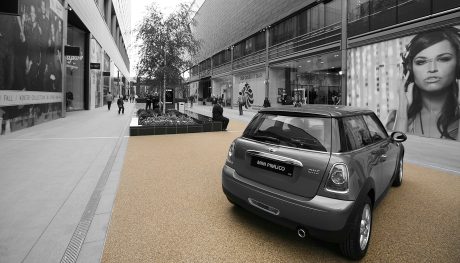
There are two types of polyurethane resin used for resin bound surfacing, one is UV stable (aliphatic polyurethane) which remain unchanged by exposure to ultra-violet light and the other, (aromatic polyurethane) will yellow and darken after exposure to UV light, thus altering the appearance of the aggregate.
Read more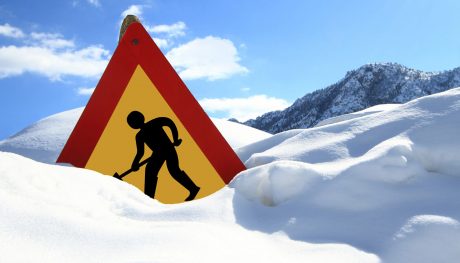
When daytime temperatures fall below 5 degrees C, works involving concrete and mortars for renders, concrete repair and screeds are affected. Hardening of concrete and mortars takes longer and strength gain is much slower, leaving recently applied materials prone to frost damage. Mortars applied in layers, such as concrete repairs and renders…
Read more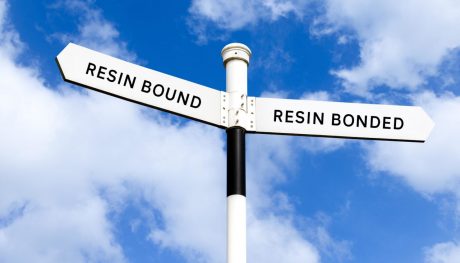
Resin Bound Surfacing and Resin Bonded Surfacing are often confused. Here we discuss the difference between these two decorative surfacing systems.
Read more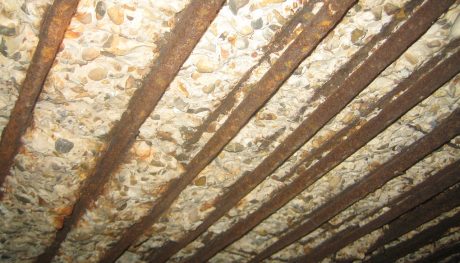
Adequate adhesion of concrete repair materials and coatings can only be achieved when correct substrate preparation has been carried out. Inadequate preparation will lead to early or eventual failure of adhesion of mortars and coatings. The mode of failure in mortars is typically a breakdown of cohesion in the substrate at or close to the …
Read more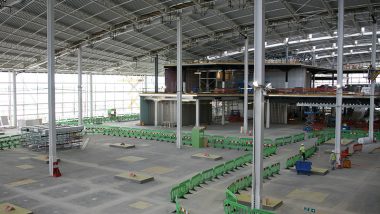
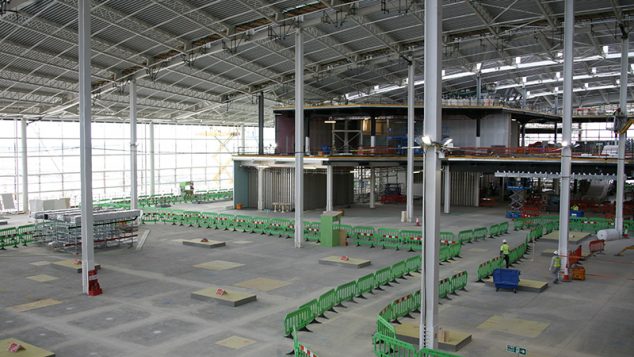
RonaScreed FastDry Prompt – benefits and drying
RonaScreed FastDry Prompt (formerly RonaScreed 8 Day Overlay) is so-called because it is a fast-drying screed additive which enables a 50mm thickness of 3:1 sand/ cement screed to be overlaid with moi ...
Read more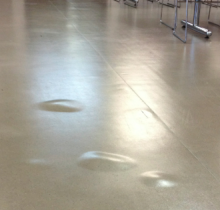
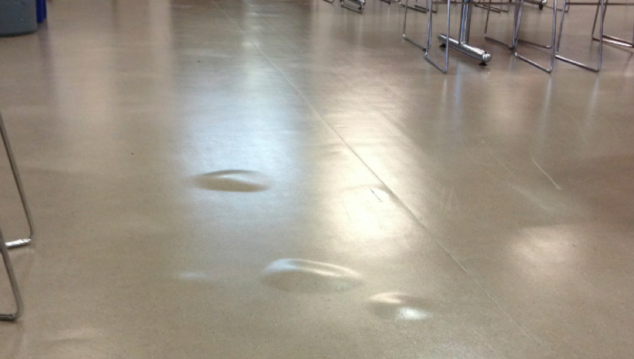
BS 8204-1 “Concrete bases and cementitious levelling screeds to receive floorings — Code of practice” section 6.11.1 suggests the following calculation for drying of screeds with no fast drying additi ...
Read more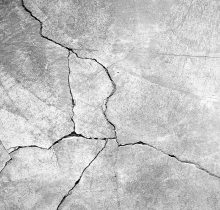
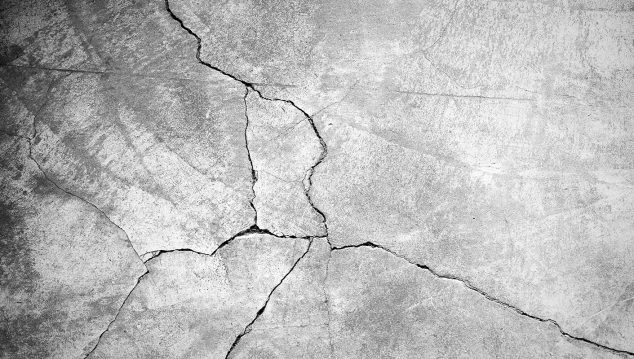
Avoidance/ Mitigation Of The Effects Of Common Forms Of Cracking In Cementitious Screeds
Aggregate is usually 0–4 mm and is mixed with cement in the ratio of 1:3 or 1:4 cement to sand, depending on strength requirements and drying requirements. For total screed thicknesses in excess of 50 ...
Read moreHere to help...